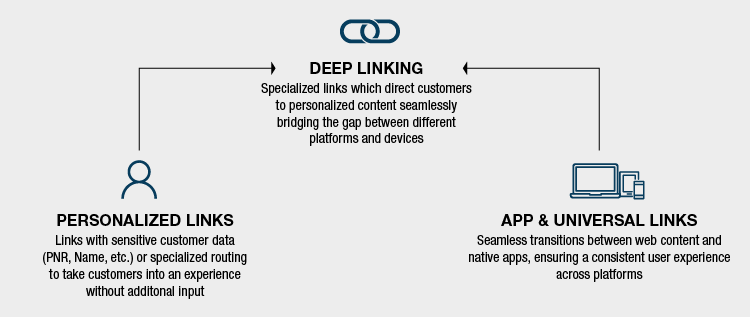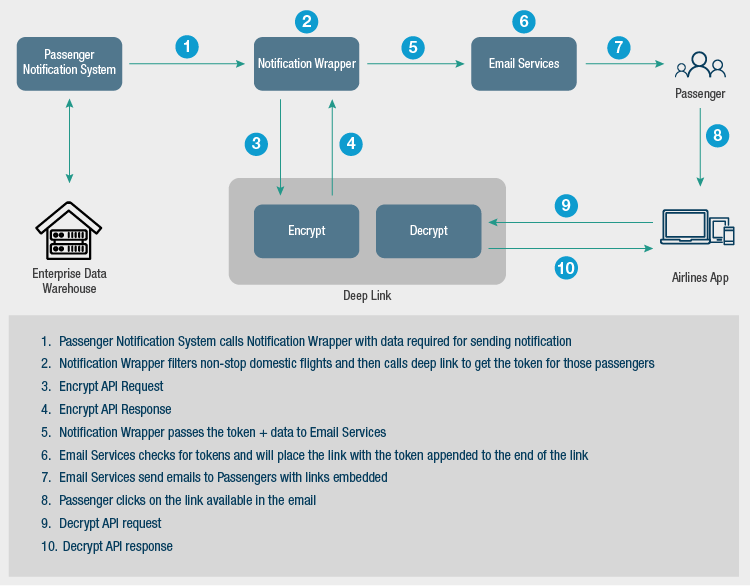Services
In today's digital age, seamless customer experiences are not just desired; they are expected. Traditional methods of interaction, where customers are required to manually enter information to complete tasks, are becoming obsolete. This manual process disrupts the fluidity of customer engagement, leading to fragmented touchpoints. The consequence? An erosion of trust and increased support costs as potential customers drop off at key conversion points, frustrated and confused.
Enter Deep linking: a solution that promises to revolutionize how businesses interact with their customers.
Deep linking refers to the process of using a specific type of link that directs users to a particular location within an application, rather than simply opening the application. This technology enables a more personalized and direct pathway for users, guiding them exactly where they need to go without unnecessary detours.
A special code is embedded in a URL, which triggers the app to open and take the user to the content you want them to see. It's an effective way to augment user experience, improve customer engagement, and boost retention rate.

Let's walk through the step-by-step process of how Deep linking operates to unveil the intricacies behind this powerful tool, ensuring that you're not just informed, but also equipped to leverage its potential in your digital interactions.

By offering a direct path to specific content within applications, Deep linking streamlines user actions, reducing friction, and accelerating task completion.
Some of the areas where deep links can be implemented :
Traditionally, checking in for a flight involved multiple steps like, receiving a reminder email, visiting the airline's website, navigating to the check-in page, and entering booking details manually. This process, while straightforward, can be time-consuming and may not offer the seamless experience modern passengers expect.
Using Deep linking, this journey is transformed by providing a direct link from the check-in reminder email to the specific check-in page within the airline's mobile app or website. By embedding detailed, personalized information within the link, Deep linking allows passengers to bypass the manual entry of booking information, leading them straight to a pre-filled check-in form.

Deep linking represents a pivotal shift towards more integrated and user-friendly digital experiences. As digital landscapes evolve, this stands out as a key player in shaping future customer interactions. As businesses continue to adopt this technology, we can expect to see a marked improvement in how customers interact with digital services, paving the way for a new era of customer engagement.